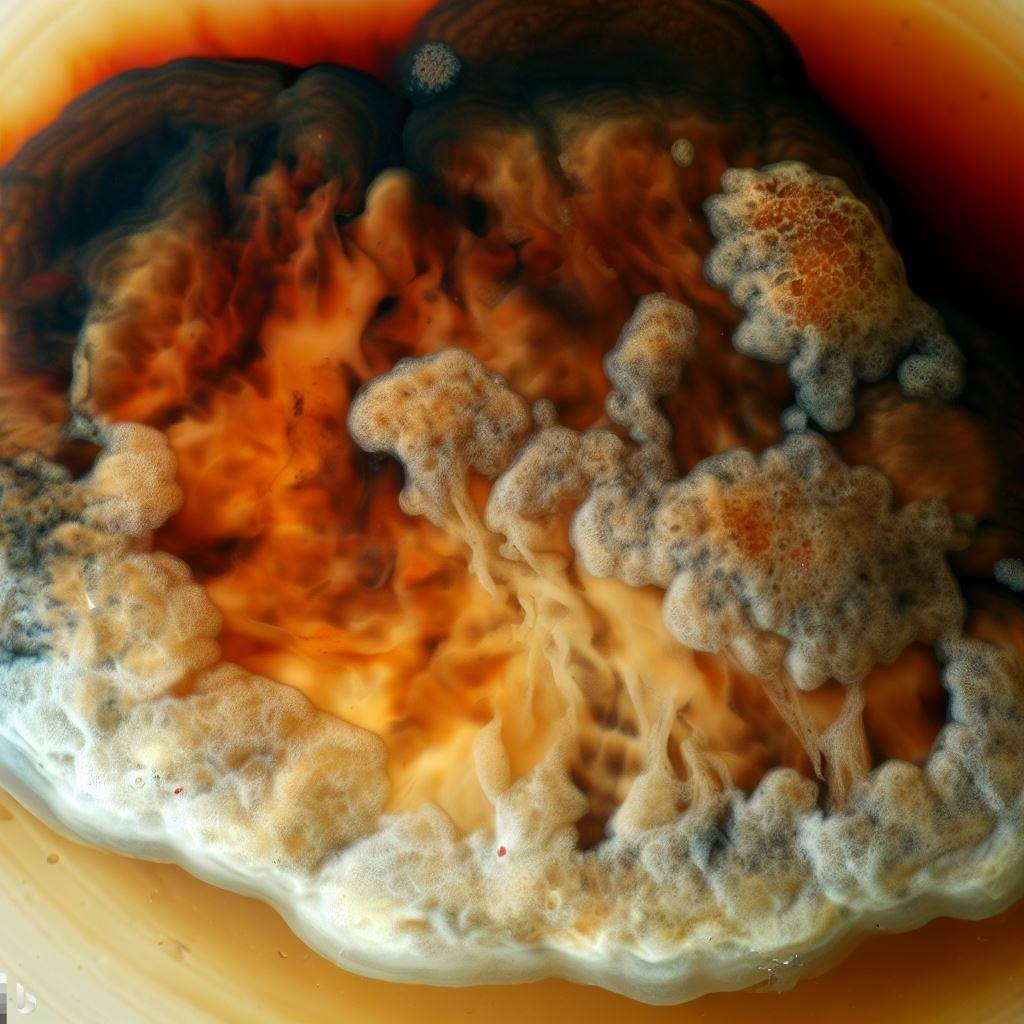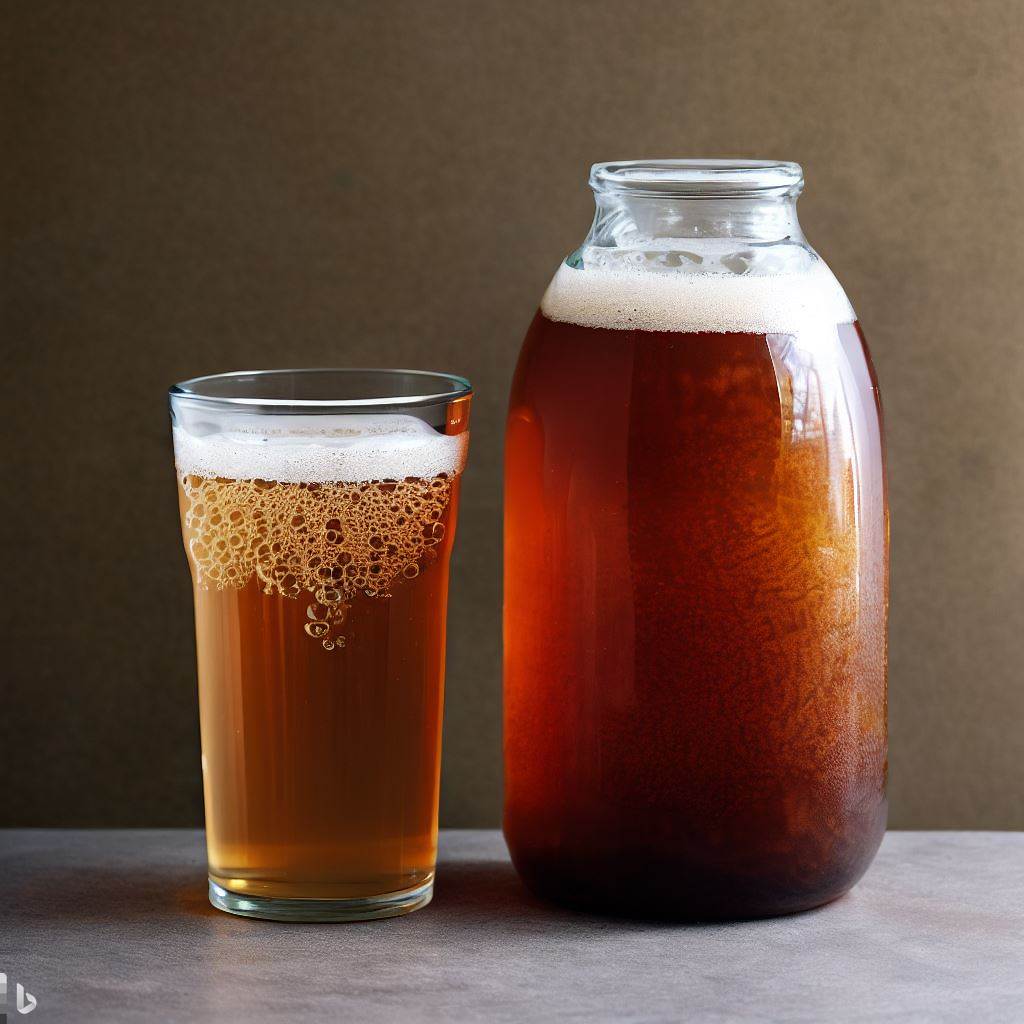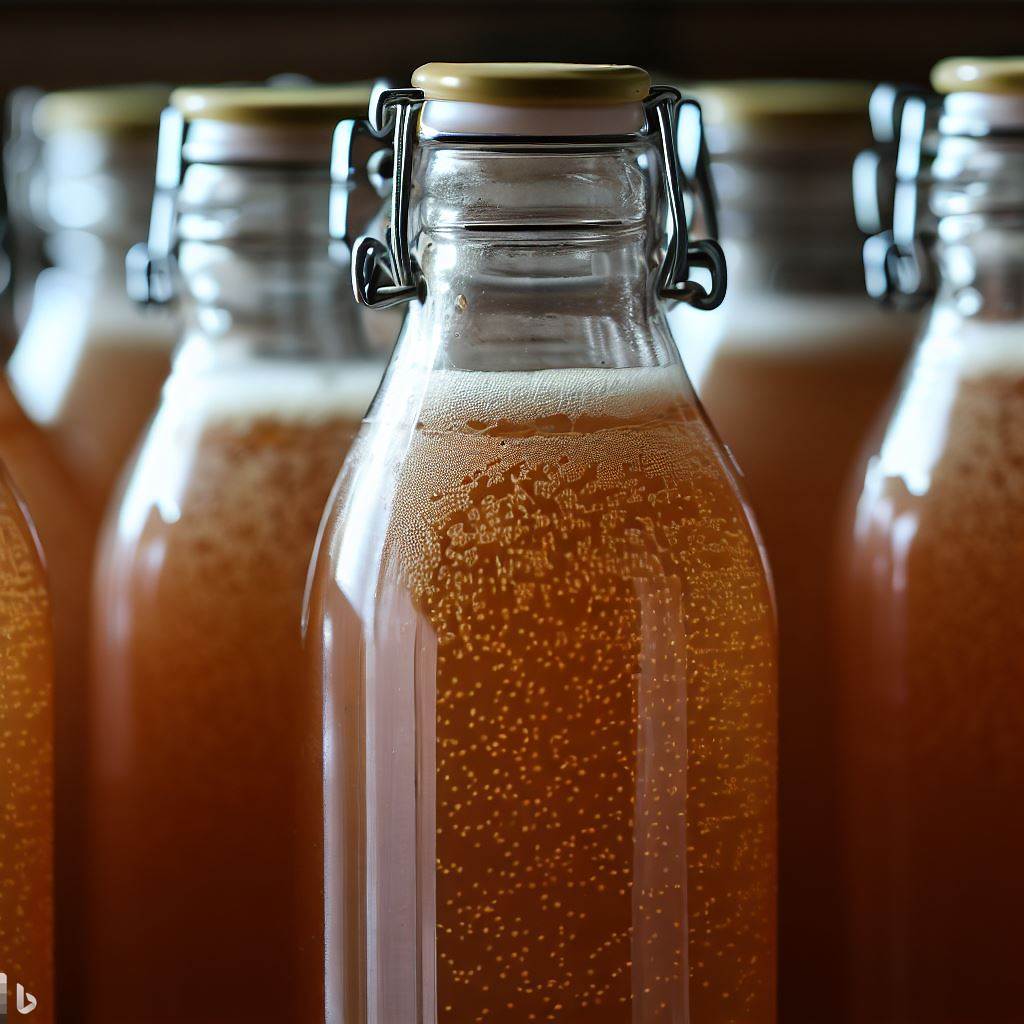Brewing kombucha at home can be a rewarding process, but it also comes with its challenges. One of the most common issues that home brewers face is the growth of mold. Mold can ruin a batch of kombucha and potentially harm your SCOBY (Symbiotic Culture Of Bacteria and Yeast). This article will provide a comprehensive guide on avoiding mold when brewing kombucha.
Understanding Mold in Kombucha
Mold in kombucha typically appears on the surface of the SCOBY and can come in various colors, including white, green, blue, or black. It may have a fuzzy texture and is often mistaken for yeast, which is a normal part of the kombucha brewing process. Yeast strands can appear brown or tan and often hang down from the SCOBY into the tea.
Factors Contributing to Mold Growth
Goal number one should always be avoiding mold when brewing kombucha. Several factors can contribute to mold growth in kombucha, including:
1. Poor Sanitation: Mold spores can be present on any surface and can easily contaminate your brew if you don’t properly clean your equipment.
2. Incorrect Temperature: Kombucha fermentation requires a temperature between 68-78 degrees Fahrenheit (20-26 degrees Celsius)[^3^]. Temperatures below this range can slow down fermentation and create an environment conducive to mold growth.
3. Insufficient Starter Tea: Starter tea makes the brew acidic, which helps prevent mold growth. Not using enough starter tea can result in a less acidic environment, encouraging mold growth.
4. Poor Air Circulation: Good air circulation is essential for kombucha brewing. Stagnant air can lead to mold growth.
Preventing Mold Growth
1. Maintain Proper Sanitation
Cleanliness is crucial when brewing kombucha. Before starting, ensure all your equipment, including the brewing jar, cloth cover, and hands, are clean. Use hot, soapy water to clean your equipment and rinse thoroughly to remove any soap residue. Avoid using antibacterial soap as it can harm the beneficial bacteria in the SCOBY. Dawn dish soap is often a good option for cleaning.
2. Control the Temperature
Maintaining the correct temperature is vital for successful kombucha brewing. The ideal temperature range is between 68-78 degrees Fahrenheit (20-26 degrees Celsius). If your home is colder, consider using a heating mat or placing your brew in a warmer area.
3. Use Sufficient Starter Tea
Starter tea is the leftover kombucha from a previous batch and is crucial for successful fermentation. It kickstarts the fermentation process and makes the brew acidic, preventing mold growth. Ensure you use enough starter tea – a good rule of thumb is to use 10% starter tea. For example, for a gallon of kombucha, use 1.5 cups of starter tea.
4. Ensure Good Air Circulation
Place your kombucha brew in an area with good air circulation. Avoid closed cupboards or closets as they can lead to stagnant air and promote mold growth. However, keep your brew away from direct sunlight and sources of contamination like plants or compost bins.
What to Do If You Spot Mold
If you spot mold in your kombucha, it’s essential to discard the entire batch, including the SCOBY. Consuming moldy kombucha can lead to food poisoning. After discarding the batch, thoroughly clean your equipment before starting a new brew.
Final Thoughts
Mold can be a common issue when brewing kombucha at home, but with proper sanitation, temperature control, sufficient starter tea, and good air circulation, you can significantly reduce the risk of mold growth. If you do encounter mold, remember to discard the entire batch and clean your equipment thoroughly to prevent future contamination.
Ready to dive in and learn more about Kombucha check out these blogposts:
References
“How to Brew Kombucha: Step by Step Guide.” Cultures for Health. (https://www.culturesforhealth.com/learn/kombucha/how-to-make-kombucha/)
“Temperature for Brewing Kombucha.” Kombucha Kamp. (https://www.kombuchakamp.com/kombucha-brewing-problems-dehydrated-and-refrigerated-scobys)
“The Role of Starter Tea in Kombucha Brewing.” You Brew Kombucha. (https://www.youbrewkombucha.com/starter-tea)










